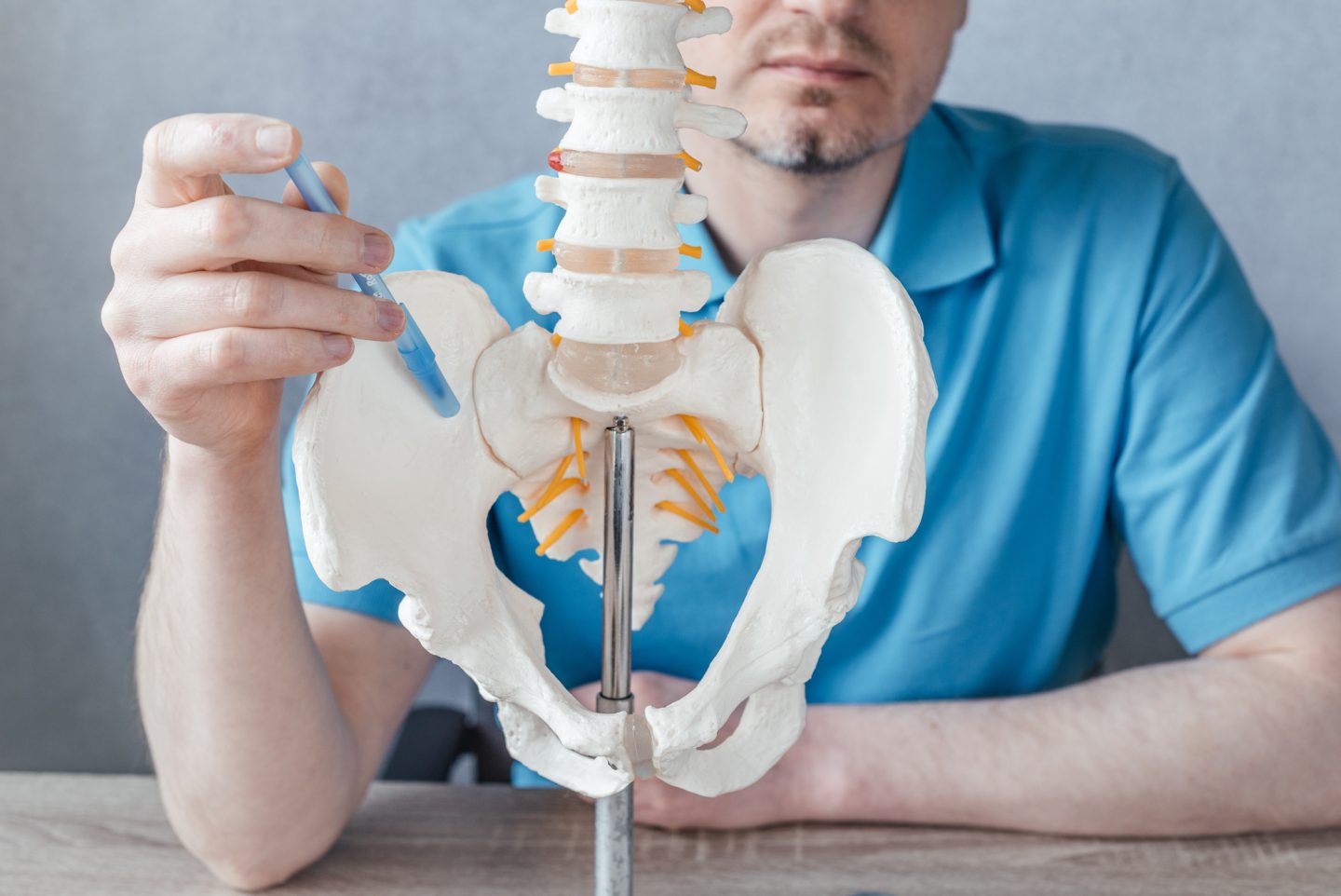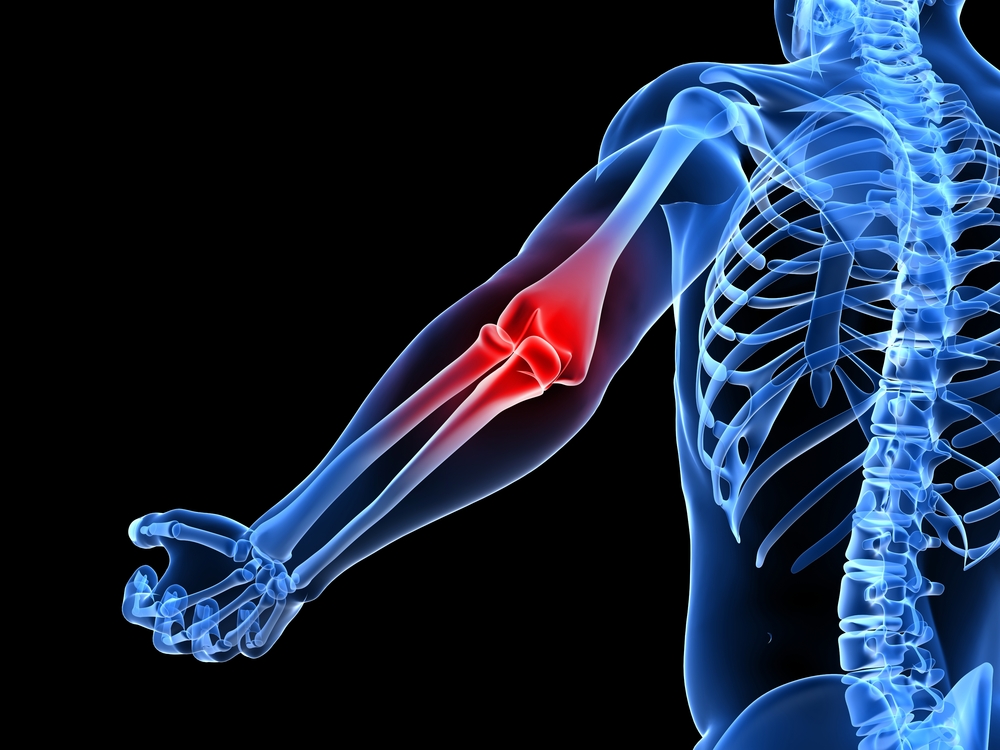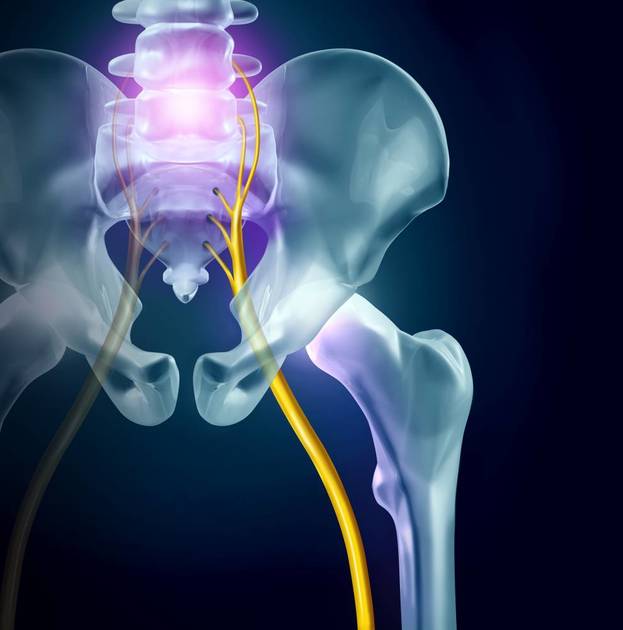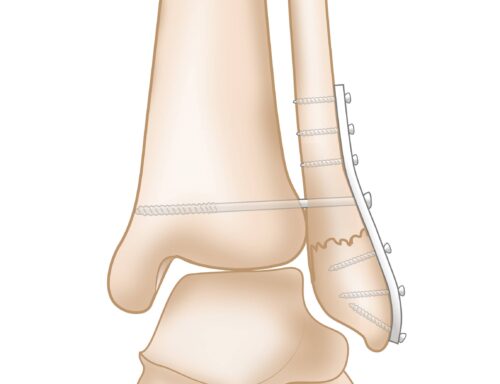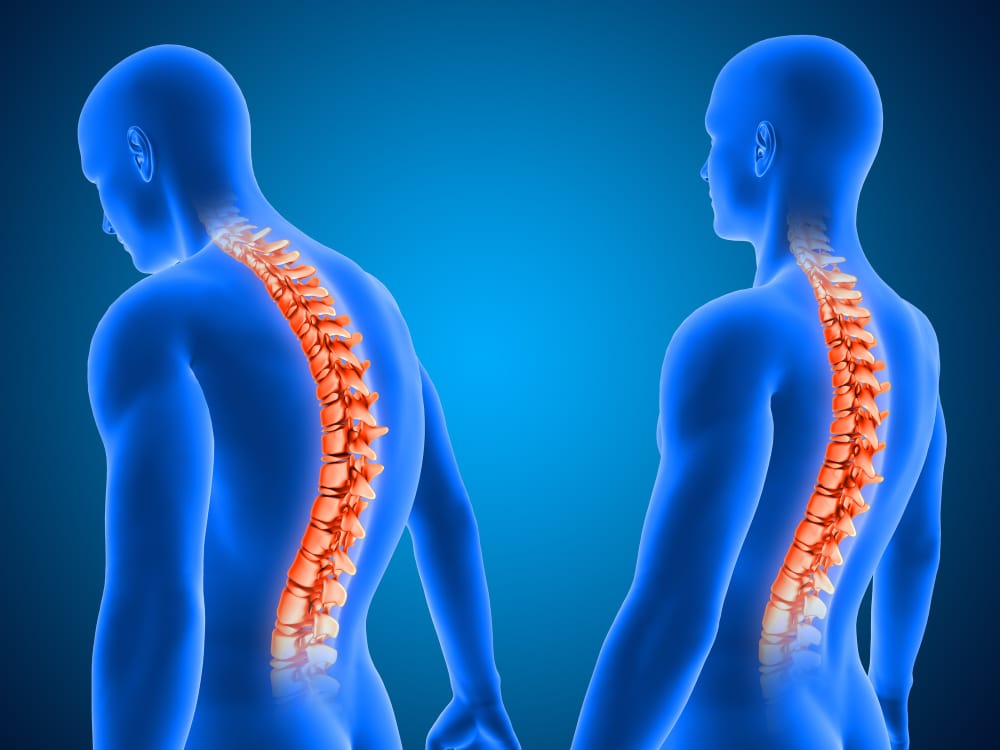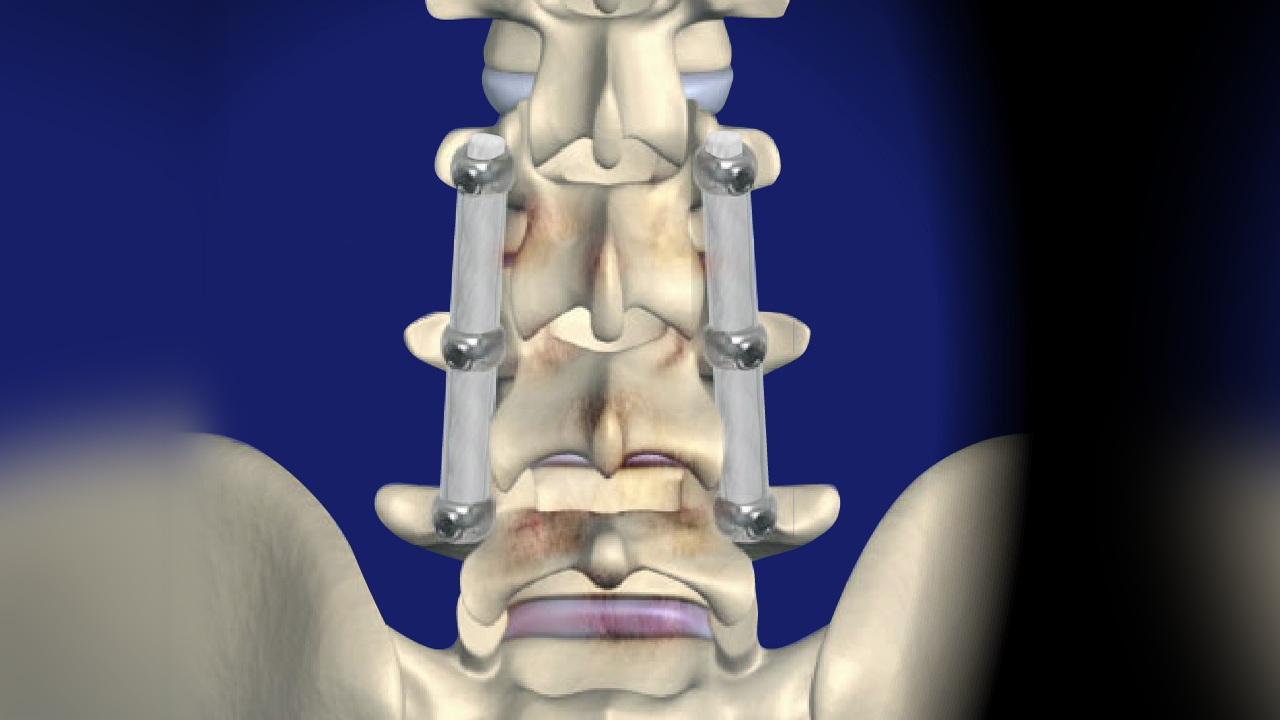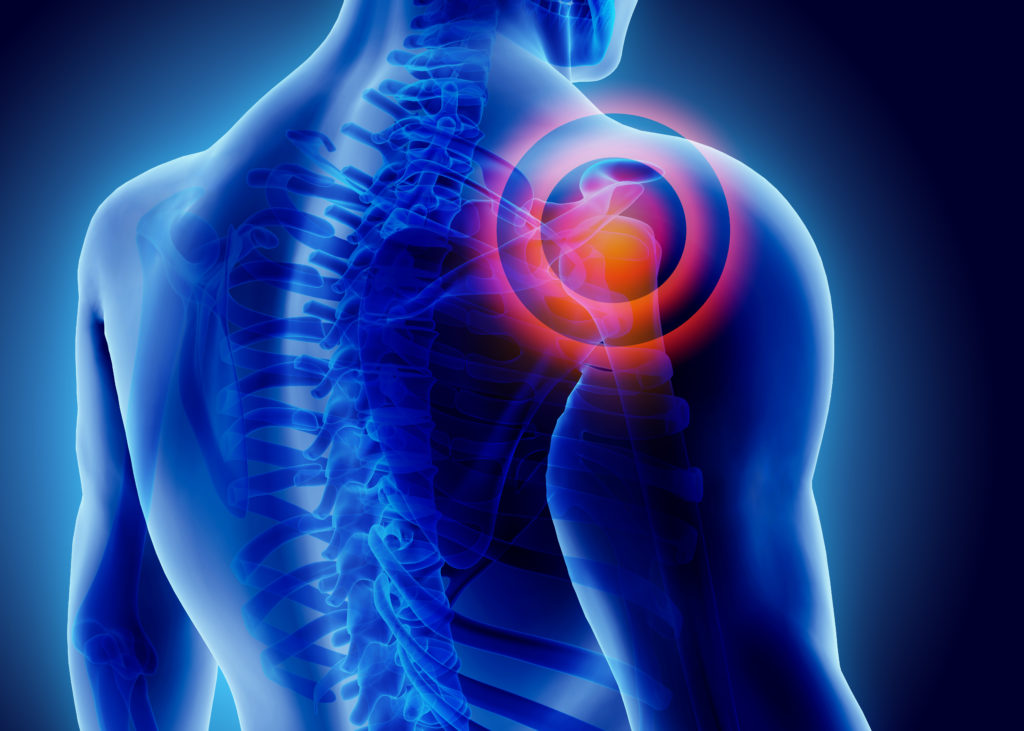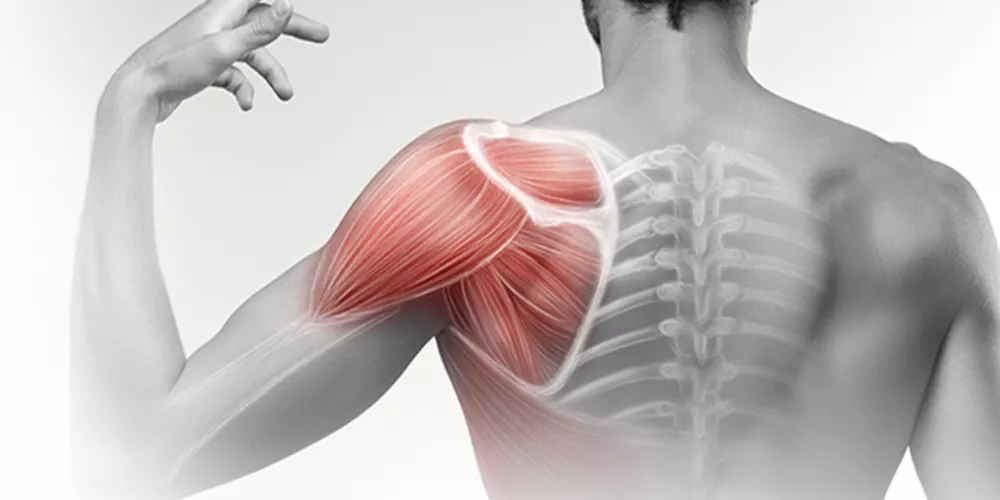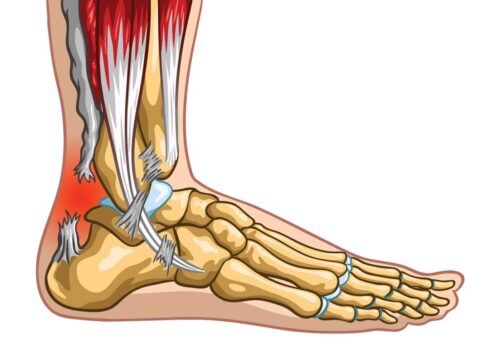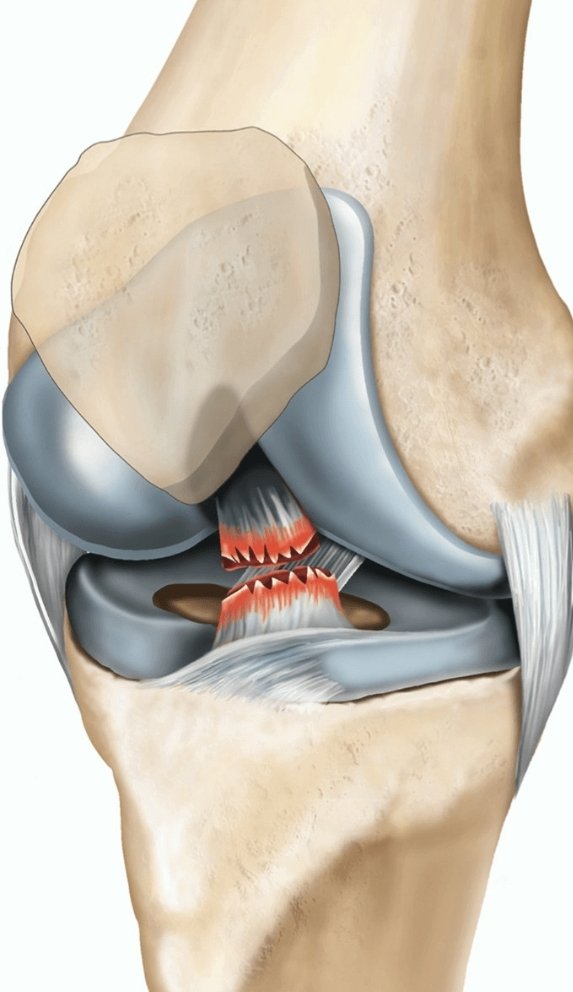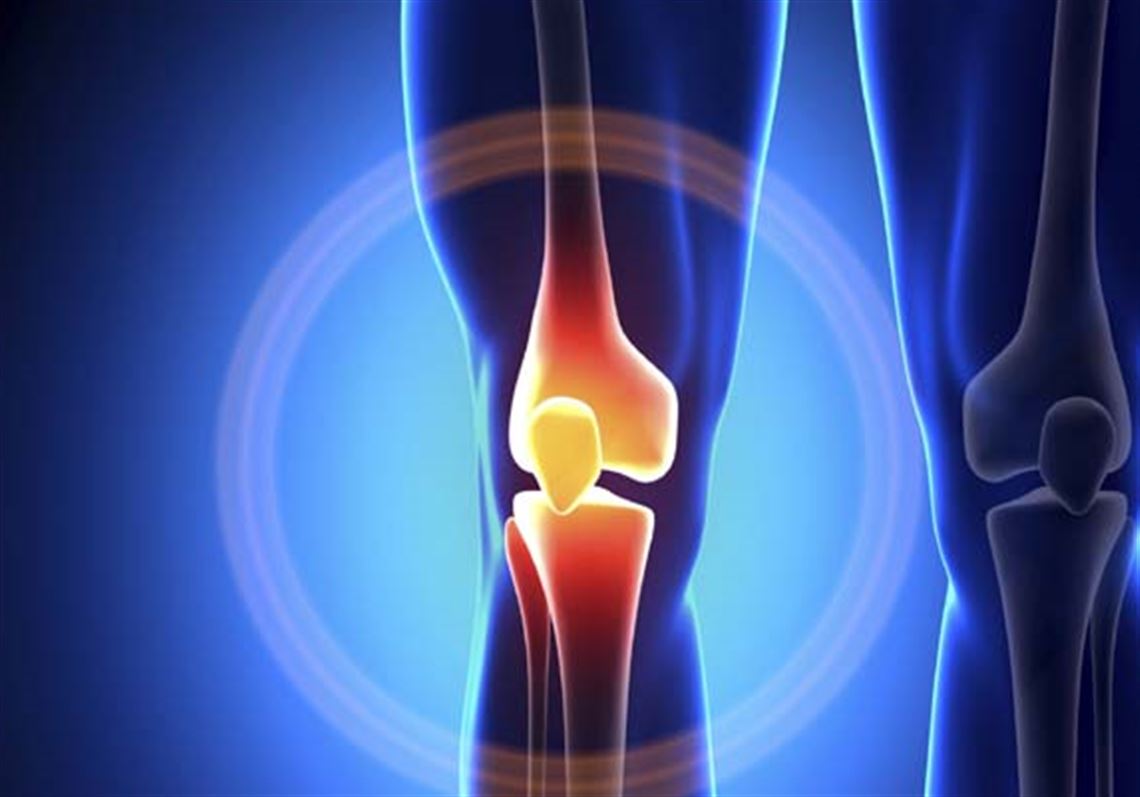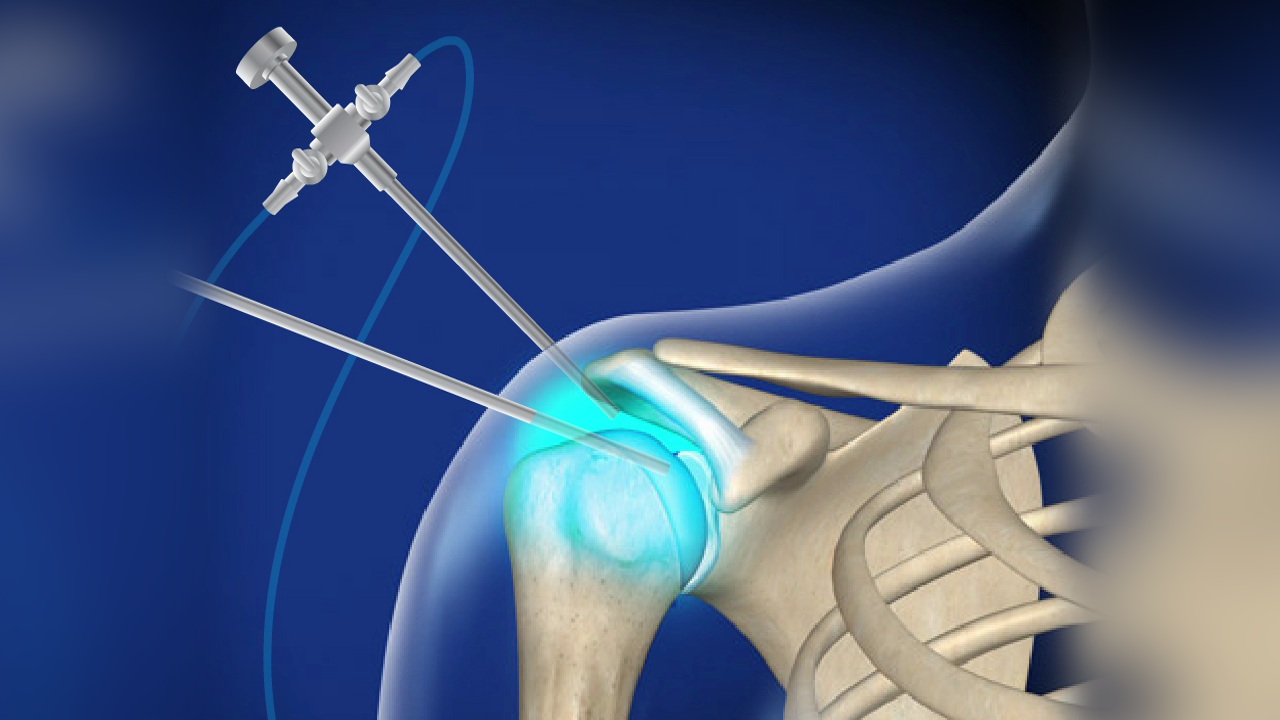Knee Osteoarthritis Surgery
Knee Osteoarthritis Surgery, Many might wonder, what is knee osteoarthritis? How is it surgically treated or treated using various methods, and what are the steps following knee osteoarthritis surgery? All these questions and more will be answered in detail in the following article, so stay tuned for all the latest related to this matter.
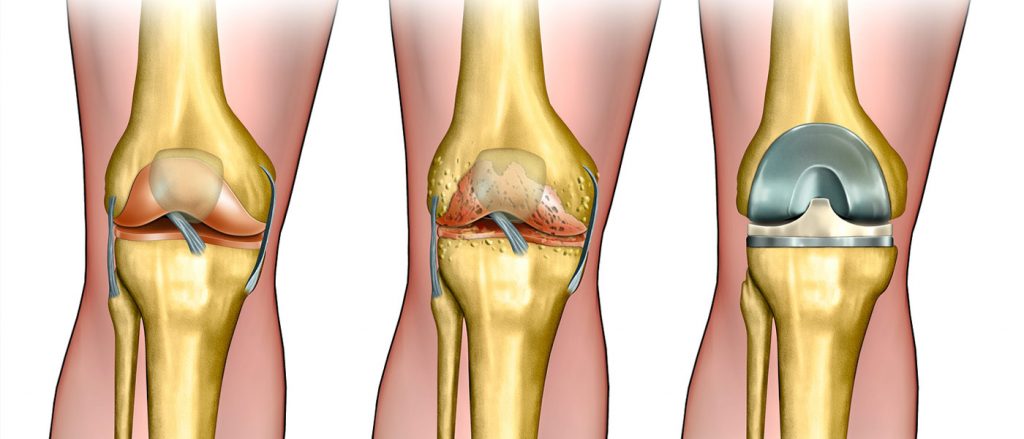
Knee Osteoarthritis Surgery
Resorting to knee osteoarthritis surgery can treat severe osteoarthritis affecting one’s ability to walk, rendering them incapable of performing basic daily activities like walking, climbing stairs, and of course, limits their ability to partake in sports in general.
Knee osteoarthritis surgery is one of the surgical procedures aimed at improving the condition of the affected knee joint and addressing cartilage wear which leads to bone friction, affecting the joint and increasing the deterioration of the cushioning material, causing pain and stiffness in the knee.
Live your life freely! Regain your mobility and enjoy full activity with Dr. Amro Amal’s effective interventions for knee osteoarthritis treatment.
Knee Osteoarthritis
Knee osteoarthritis means difficulty moving the knee joint, causing the patient trouble when using the joint for walking or engaging in sports. Individuals start to feel pain when standing or walking. The severity of knee osteoarthritis varies from one person to another based on age and the extent of cartilage damage.
Certain times, the pain of osteoarthritis intensifies, like when standing for long periods or in the morning upon waking up due to knee stiffness, and also when sitting in incorrect postures. Over time, without treatment, the severity of osteoarthritis can escalate for the patient.
Causes of Knee Osteoarthritis
Knee osteoarthritis occurs for various reasons, thus affecting the knee and its structural composition due to this wear and cartilage tear. The causes of knee osteoarthritis include:
- Knee injury or an accident.
- A twist in the ligaments surrounding the joint.
- A knee fracture or ligament tear.
- Presence of some types of inflammation in the knee.
- Being affected by autoimmune diseases like lupus.
- Bone cancer exposure, though rare.
Risk Factors for Knee Osteoarthritis
Certain factors can influence the risk of developing knee osteoarthritis, such as:
- Genetic Factors: Individuals might be prone to knee osteoarthritis due to a family history of the condition.
- Age: Research has shown that older people are more susceptible to knee osteoarthritis due to cartilage wear and muscle weakness.
- Knee Strain: Excessive knee strain, like squatting for extended periods, can lead to health problems, including osteoarthritis.
- Obesity: Overweight individuals experience more muscle weakness and cartilage deterioration than others due to the added weight on the knees, making them more susceptible to osteoarthritis.
How do I know if I have knee osteoarthritis?
The symptoms of knee osteoarthritis gradually appear in the affected person, and it is important that the individual pays attention to these signs in order to seek medical advice from a specialist as soon as possible. Consequently, the patient can achieve recovery earlier.
The following symptoms may appear in a person with knee osteoarthritis:
- Feeling pain in the knee joint.
- Presence of swelling and inflammation in the joint.
- Experiencing pain like a needle prick in the knee.
- Bruising due to mild bleeding.
- Feeling muscle weakness.
- Deformity in the joint and appearance of bony protrusions.
- Instability in the knee joint during movement.
The knee can be subject to osteoarthritis due to a general illness in the body, not a specific injury to it. The symptoms of this may appear on the affected person as follows:
- Increase in body temperature.
- Feeling fatigued along with knee pain.
- Stiffness and roughness in joints other than the knee.
- Weakness in the muscles of the body in general.
After a longer period of time with knee osteoarthritis, symptoms can worsen and be a sign of a more serious illness. Immediate medical attention is required, and these signs include:
- Visible protrusion and severe deformity in the knee.
- Feeling numbness and tingling in the foot.
- Severe bleeding in the knee.
- Inability to control the joint.
- Difficulty in controlling the lower limbs.

Complications of Knee Osteoarthritis
Sometimes, when treatment for knee osteoarthritis is neglected or the duration of the illness is prolonged, some complications may occur that pose a risk to the knee, including:
- Increase in body temperature.
- Continuous pain in the knee.
- Increase in swelling.
- Severe pain and tingling in the limbs.
- Bleeding in the affected part.
- Deformity in the knee and appearance of protrusions.
- Inability to control the knee and its movement.

Treatment of Knee Osteoarthritis
Knee osteoarthritis falls under the category of chronic diseases, where doctors aim to improve the patient’s condition and preserve the healthy part of the knee cartilage to prevent the worsening of symptoms, resulting in a better state for the affected individual.
After diagnosing the condition of the knee joint by the treating physician, a comprehensive treatment plan is developed, including treatment methods that suit the patient’s condition. Treatment for knee osteoarthritis is divided into surgical and non-surgical, and your doctor will determine the most appropriate method of treatment.
A patient with knee osteoarthritis may receive the following “non-surgical” treatment methods:
- Using various types of painkillers and anti-inflammatory medications.
- Increasing rest time and not overstraining the knee significantly.
- Using ice packs to reduce knee swelling.
- Using a brace for the joint to reduce pressure on it, especially if the patient is overweight.
- Elevating the affected knee above the level of the heart to reduce fluid accumulation.
- Incorporating nutritional supplements into your daily routine to enhance immunity and treat the inflammation that has affected the knee and led to roughness.
- Avoiding incorrect sitting positions and standing for long periods to prevent further damage to the knee.
What is the natural treatment for knee roughness?
Physical therapy is one of the fundamental steps that help improve the condition of the patient and work towards achieving greater comfort in the knee. Physical therapy works on strengthening the muscles near the knee, reducing pressure, and increasing blood supply to the cartilage, which helps reduce the exacerbation of roughness.
The natural treatment for knee roughness consists of sports exercises that treat the knee and strengthen the ligaments and muscles in it, improving the performance of the knee and restoring the patient’s ability to carry out their normal activity with greater freedom.
Do exercises treat knee roughness?
Yes, knee roughness exercises treat the condition and help improve the patient’s performance in their daily activities, protecting the knee from pressure and excess weight, in addition to other treatment methods.
The patient’s condition can be improved through low-intensity and simple exercises so as not to exert strain on the knee joint. Here are some specific exercises for knee roughness:
- This exercise can be done while sitting on a chair. The patient lifts their legs and extends them forward, pointing the toes upwards, and remains in this position for 10 seconds. Then, they lower the legs back down and rest. This exercise can be repeated several times throughout the day.
- Lying on one side with legs extended, the patient starts by lifting the free leg upwards while keeping the toes pointing upwards for 5 seconds, and then slowly lowering it back down. This exercise can be repeated for each leg several times throughout the day.
There are also strengthening exercises that help improve the strength of the muscles around the knee and protect the joint, as well as reducing the risk of falling while walking due to the support they provide to the knee. Examples include presses and squats. Aerobic exercises increase the metabolic rate and heart rate, providing overall health benefits as well as stimulating the production of endorphins, pain-relieving hormones. They also help regulate sleep better. Examples include biking, swimming, and walking.
Is it possible to completely cure knee roughness?
“At Dr. Amr Amal’s clinic, we offer multiple options for treating knee roughness to ensure optimal compatibility with your condition and provide the best results you need.”
Currently, there is no final cure for knee roughness, but the treating physician works on improving the patient’s condition and limiting the exacerbation of the roughness problem in the knee. However, severe knee roughness can be surgically treated by replacing the knee joint with an artificial one so that the knee can return to its normal function.
Is there a surgery for severe knee roughness?
Yes, in cases of severe knee roughness, the assisting physician may advise the patient to undergo a knee joint replacement surgery, so that the patient can walk and move more easily, control the knee, and eliminate the annoying pain that accompanies a knee roughness patient.
Types of knee roughness surgeries:
- Arthroscopy for knee roughness treatment: This type is used to treat roughness and tears in the knee cartilage.
- Artificial joint transplantation surgery: Specialists resort to this in cases of cartilage wear and friction of bone ends with each other, which causes joint damage and severe roughness.
- Bone alignment surgery: This is performed when knee roughness affects the leg and causes deformity, especially in young patients.
There are several instructions that doctors insist on after such types of surgery, the most important of which are rehabilitation programs and physical therapy. They offer the patient a greater chance of rapid recovery, help the body adapt faster to the changes that have occurred, and assist in maintaining weight as much as possible.
What are the important things to do before knee roughness surgery?
Before undergoing knee roughness surgery, the treating physician starts taking some proactive steps to rehabilitate the patient for surgery, as follows:
- The patient undergoes comprehensive laboratory tests to understand their medical condition.
- X-rays and MRI of the knee are performed to determine the extent of cartilage damage.
- Anti-inflammatory medications are taken to ensure there is no inflammation in the body before the surgery.
Steps of knee roughness surgery: After following the pre-operation instructions, the treating physician determines the date for the knee friction surgery, which is a knee joint replacement surgery. The steps of the surgery are as follows:
- The anesthesiologist begins general anesthesia for the patient.
- The knee joint replacement is performed through open surgery (traditional incision).
- The knee is thoroughly sterilized and the damaged joint is removed.
- The surgeon installs the artificial joint in the knee.
- The doctor ensures the new joint is secure, then dresses and stitches the wound.
- The patient returns to the recovery room while still under anesthesia, and their vital signs are monitored.
- The patient stays in the hospital for several days after the operation until their ability to walk using the artificial knee joint is confirmed.
Knee arthroscopy for treating roughness: Knee arthroscopy is a form of minimally invasive surgical intervention, meaning it does not cause tissue damage in the area where the operation is performed. Arthroscopy can be used to diagnose and treat knee roughness by removing part of the damaged cartilage and using another part to prevent worsening of the roughness and allow the patient to return to their normal state.
Uses of arthroscopy in knee roughness: There are several uses of arthroscopy in cases of knee roughness, including the following:
- It is used to understand the current state of the knee and the effect of roughness on the joint.
- It is used to diagnose the knee and the state of the cartilage after wear.
- It is used to obtain samples from tumors affecting the knee.
- It is used to identify the healthy and affected parts of the knee.
Preparations before arthroscopy for knee roughness treatment: There are preparations that the patient must follow in the stage before undergoing arthroscopy for knee roughness treatment, as recommended by doctors to prepare the person for surgery. These procedures are as follows:
- Refrain from taking blood-thinning medications to reduce the risk of bleeding during or after the operation.
- Understand the patient’s health condition and know the medications they are using.
- Refrain from eating for at least six hours before the operation.
- Refrain from drinking water two hours before the surgery.
- Speak with the anesthesiologist to determine the appropriate type of anesthesia.
How to Perform a Knee Arthroscopy
The specialized doctor begins by determining the type of anesthesia according to the case. Small incisions or holes of only a few centimeters are made. The surgeon begins to insert the arthroscope, which is a tube-like needle with a light and camera. The doctor pumps sterile fluid to clarify the vision. The necessary tools are inserted through the other holes to perform the surgery. The surgeon then withdraws the sterile saline solution again and disinfects the wound. The knee arthroscopy is performed within a maximum of one hour. The patient remains in the hospital until the doctor examines them and provides the necessary post-surgery instructions.
Post-Treatment Care After Knee Arthroscopy
There are some procedures that are performed after the surgery to maintain the operation and avoid complications, including:
- The individual may start using crutches in the first days after the operation.
- The patient may begin to resume normal activities after several weeks.
- Full recovery may take up to two months, depending on the patient’s medical condition.
- It is important to follow the intake of pain relief and anti-inflammatory medications to avoid risks after the surgery.
- Applying cold water compresses after the operation to reduce swelling.
- Using supportive pillows under the knee to improve pain.
- Following a rehabilitation program and designated exercises after the operation.
For more information on what to do after a knee arthroscopy, you can refer to this article.
Benefits of Knee Arthroscopy
Knee arthroscopy is considered one of the modern procedures that offer several advantages for those with knee issues, including:
- Avoiding tissue damage as the wound does not exceed a few millimeters.
- Reducing the risk of post-surgical infections.
- Leaving the skin without scars, unlike open surgeries.
- The operation time is short, and the individual can leave the hospital on the same day.
- The patient achieves a quicker recovery than with regular surgeries.
Complications of Knee Arthroscopy
Some patients may be at risk of post-operative complications, including:
- Exposure to bacterial infection due to the wound.
- Experiencing swelling and stiffness in the affected area.
- The possibility of bleeding, especially for those with other medical conditions.
It is important to follow up with your treating doctor about your health condition after the operation to avoid complications.
Treatment and Rehabilitation After Knee Osteoarthritis Surgery
After undergoing knee osteoarthritis surgery, the patient enters a rehabilitation period, also known as the recovery period, which can last from one month to six months. During this time, the patient follows specific instructions that help improve their health condition and expedite the healing process.
Rehabilitation after knee osteoarthritis surgery can be achieved through the following steps:
- The patient starts with some light exercises to strengthen the muscles around the knee.
- Generally, the patient begins walking on the day after the surgery using a walker or crutches within a limited range of motion.
- From the fifth day post-surgery, the patient gradually increases their exercises.
- About a week to 10 days after the surgery, the patient should be able to leave the hospital, ensuring the use of crutches.
- It is important to adhere to anti-inflammatory medications and painkillers prescribed by the doctor during recovery.
- Ice packs can be used to help reduce knee swelling.
- The surgical stitches are usually removed about two weeks after the surgery.
- Physical therapy continues throughout the entire recovery period.
- Do not return to work or school without consulting the treating physician.
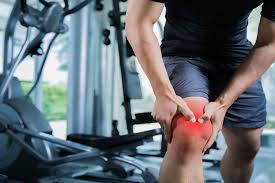
How Long Does Knee Osteoarthritis Surgery Take?
Knee replacement surgery is one of the surgical treatments for knee osteoarthritis, taking between one to two hours to replace the joint. The patient is under general anesthesia and stays in the hospital for about a week post-operation. Experience a unique and innovative treatment at Dr. Amr’s clinic, where we use the latest techniques in treating knee osteoarthritis for the best results.
Knee Friction Surgery
There are several surgeries that can be performed on the knee to help the patient achieve better comfort and regain the ability to perform daily activities. One of the surgeries performed to improve knee condition is knee replacement, especially in cases of cartilage damage, which causes knee friction.
How is Knee Replacement Surgery Performed?
Knee replacement surgery is performed through several steps:
- The doctor starts by administering an antibiotic injection to help avoid infection.
- The patient receives partial anesthesia to numb the lower part of the body and alleviate pain.
- The doctor begins by bending the knee to prepare it for the operation.
- A cut ranging from 15 to 25 centimeters, or about 10 inches, is made.
- The joint surface is prepared, and the surgeon starts to install the artificial joint.
- The doctor closes the wound, sterilizes it, and begins testing the knee to ensure its proper function.
- The surgery may last approximately two hours.
Steps Following a Knee Replacement Surgery
It is crucial for the patient to be aware of the steps that should be followed in the period after surgery to ensure a high-quality and swift recovery. This will significantly improve their health condition. Some of the most important instructions from doctors during this period include:
- The patient is transferred to the recovery room, and the doctor begins to examine them again.
- The person may be discharged from the hospital on the day of the surgery depending on their health condition.
- The doctor provides the patient with pain relievers and anti-inflammatory medications to aid in their recovery.
- The patient should start moving the knee and ankle slowly to reduce swelling.
- It is possible to use medical shoes that provide support for the leg until full recovery.
Complete recovery can take several weeks, ranging from 6 to 7 weeks after the surgery. At this stage, the individual can start to resume their daily activities normally. However, they must follow the rehabilitation program after the surgery.
Doctors recommend incorporating exercise into your life after the operation, as it helps to make the joints more flexible and strengthens the muscles to bear a part of the body’s weight. You can start with simple activities like walking, cycling, and swimming.
Is Knee Roughness a Serious Disease?
Indeed, knee roughness is serious, especially if left untreated, as it affects the knee and its cartilage. The knee may start making cracking sounds, and it could become difficult to bend directly, accompanied by severe warmth. So, enjoy your life to the fullest again – contact us today to consult about knee roughness surgery with Dr. Amr Amal and get rid of the pain you are feeling.
How Can I Protect Myself from Knee Roughness?
It is important for individuals, especially the elderly, to know how to prevent knee roughness and the inflammation that may affect the joint and impair mobility. Here are some tips to help protect against knee roughness:
- Ensure regular exercise as part of your daily routine.
- Avoid putting excessive strain and load on the knee.
- Lose weight and work on getting rid of obesity.
- Follow a diet rich in vitamins and minerals.
Cost of Knee Roughness Surgery
The prices for knee roughness surgery vary because the actual cost depends on several factors. The average cost of knee roughness surgery ranges from 100,000 to 120,000 Egyptian pounds. The medical team of the treating doctor will discuss the details related to the surgery’s price with the patient before proceeding.
With Dr. Amr Amal, recovery from knee roughness is more than just a possibility – it’s a reality towards improvement!
When Can I Walk After Knee Roughness Surgery?
“Regain your activity and flexibility with the personalized knee roughness surgery provided by our specialized and experienced team at Dr. Amr Amal’s clinic.”
Walking after knee roughness surgery is gradual. The patient may start using their knee and walking on the day after the surgery, but they should use crutches to avoid complications or putting excessive pressure on the knee joint.
Does Walking Worsen Knee Roughness?
There is a common belief among knee roughness patients that walking may affect and exacerbate the condition. However, on the contrary, walking helps strengthen the muscles, balance the load on the knee, and also improves the patient’s mental state. Therefore, it has many benefits for knee roughness patients.
Can Prostration Increase Knee Roughness?
Prostration may cause severe pain for a person suffering from knee roughness, affecting their condition and possibly leading to complications. A large number of orthopedic doctors recommend that praying while sitting may be better in some cases of knee roughness. Prepare yourself to live to the fullest and join the list of Dr. Amr Amal’s patients who have regained their lives through knee roughness surgeries.
Is Wearing a Knee Brace Beneficial for Knee Roughness?
“A unique experience awaits you with Dr. Amr Amal – where you can rely on expertise and personal attention.”
Wearing a knee brace does not contribute to the treatment of knee roughness, but some patients may resort to it to alleviate the pain associated with the condition, thus improving the patient’s condition better than before.
Does Olive Oil Treat Knee Roughness?
Olive oil is known to be one of the substances that help treat inflammation in the joints, and therefore it has a therapeutic role in improving the condition of the patient and treating the inflammation that leads to an increase in knee roughness severity. So, the answer to this question is yes, olive oil can be used as an alternative treatment for knee roughness.
There are more than one way to benefit from olive oil in treating knee roughness:
- You can consume olive oil with water upon waking up.
- Rubbing the knee with olive oil helps in treating inflammation.
- It can be consumed during the daily meals of the person to reap more of its benefits.
For more details about the impact of using oils in treating knee roughness, we recommend reading this article.


